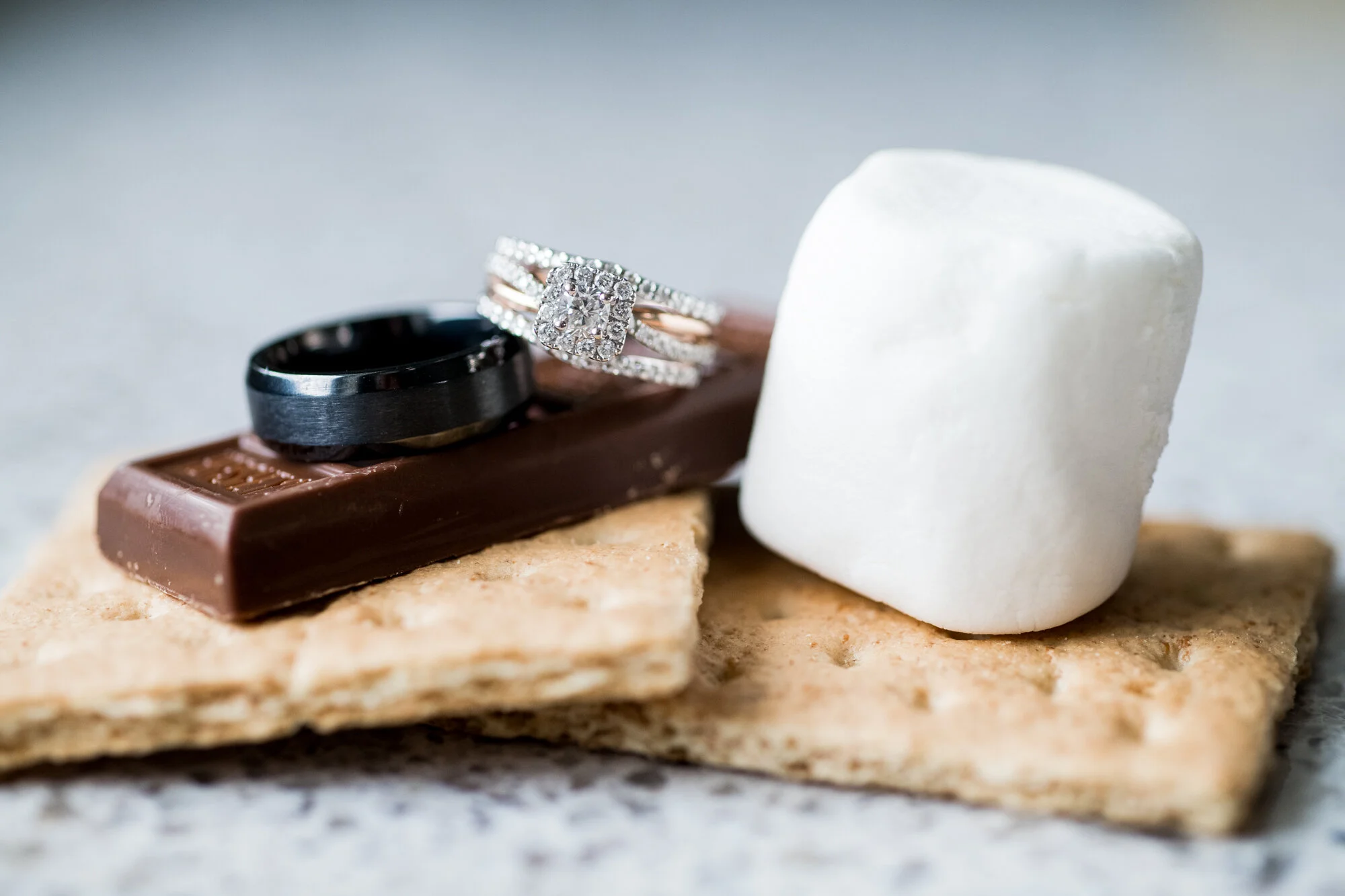Real Diamond vs Fake: How Can You Tell?
It will come as no surprise to anyone that a high-value industry such as the diamond trade is one in which unscrupulous people can be found, doing their best to scrape out a living by nefarious means. The most common way for them to do this is by swapping a genuine diamond for a cheap or worthless stone, whether it is a much poorer quality diamond or not a diamond at all. Let us have a look and see how you can protect yourself from being caught up in a real vs fake diamond situation.
Ignore What 'They' Say
There are a lot of myths about how a layman can differentiate between diamonds and fake stones, many of them able to be performed under normal lighting and using only household items. Most of these are nonsense, sadly. The water test involves dropping the diamond into a glass of water – which must, in many of these narratives between precisely three-quarters filled, for no particular reason, it seems – and seeing if it falls quickly to the bottom. In truth, all this tells you is that the stone is heavier or denser than water! Cubic zirconia, one of the more common diamond substitutes is heavier than diamond and will fall equally fast – it is only some specialized glass pieces that will waft slowly through the water, and there are other, better, ways of telling if the stone is glass than dropping it through water.
Except Maybe This One
Cubic Zirconia and synthetic moissanite will both pass most of the 'home tests' for a diamond, except for one – neither of the two will conduct electricity at the level that a diamond does. That is to say, moissanite (which is also as thermally conductive as a diamond, something that cubic zirconia are not) is very weakly conductive, but diamond is strongly so. You cannot measure the difference in conductivity using household gadgets – you will need a meter designed for use by jewelers, but it is the simplest test that could potentially be done at home.
Not All Authentic Diamonds are Good
Your stone may well pass all your tests because it is, in fact, a genuine stone – just a much poorer quality one than you have been led to believe! The difference between a stone graded K-color and SI2 will cost much less than a similarly sized stone rated D or E and IF/F will be thousands of dollars, increasing exponentially with the size of the stone.
So What Should I Do?
The best way to go about it is to consult a jeweler that you trust or only buy diamonds that are certified by one of two institutions: AGS and GIA. The American Gem Society and the Gemological Institute of America both have well-provisioned laboratories that stringently monitor diamonds that come into the USA. Both will provide detailed reports of the stone they certify, with the number being registered online so you can check their impartial database at any time – preferably before making the purchase! Some of the stones will actually have the certification number etched onto the girdle of the stone itself for greater security. The only real way to verify whether you have a genuine diamond or not is under brightly lit lab conditions with a minimum of 10x magnification, and preferably 20x and upward.


